June 1, 2025 | 21:02 GMT +7
June 1, 2025 | 21:02 GMT +7
Hotline: 0913.378.918
June 1, 2025 | 21:02 GMT +7
Hotline: 0913.378.918
Macadamia is a multi-purpose forestry tree. Apart from bringing high profits to growers, macadamia also contributes to greening bare land and improving the natural environment. The plant is assessed to be suitable for Dak Lak soil, giving a high yield and output of good quality.
Years ago, the family of Duong Thanh Thieu (living in Cu Klong commune, Krong Nang district, Dak Lak province) only focused on growing coffee and pepper trees. When the coffee garden began to grow old, Thieu discussed with his family whether to intercrop avocado to increase income. Thieu's family saw that macadamia was a new tree, so they bought and tried planting it.
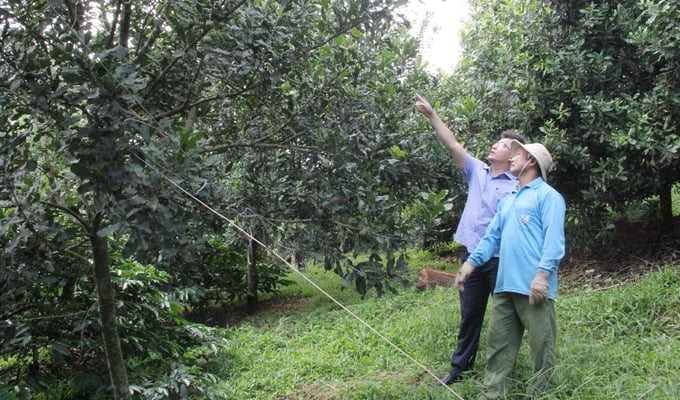
From the position of a tree for intercropping, macadamia is now the main source of income for many families. Photo: Minh Quy.
At first Thieu only bought 100 trees to conduct trial planting. After three crops, his family's garden of more than 2 ha had 400 macadamia trees, of which more than 200 have given nuts. “The first time we brought the trees back home to plant, people around usually said something like ‘who would bother to buy this later?’ It’s true that no one knew how macadamia would find an output, but I was still determined to try," Thieu recalled.
Macadamia requires little investment costs. Thieu's family only has to spend less than VND 50 million/year on the orchard. With such a low cost, households with little capital can plant macadamia to alleviate poverty, the more luxuriant the tree, the more nuts it produces. Macadamia also helps to cover and prevent soil erosion because of its large, dense canopy, which evenly covers the garden like a forest.
“The family collected 3 tons of macadamia nuts last year. Traders came to the orchard and offered a purchase price of VND 80,000/kg of fresh macadamia. When it comes to macadamia growing, we in the past only thought of using the tree for intercropping or creating shades for the garden so the trees grew naturally, without care. If we had known that macadamia was a tree with high economic efficiency and the family focused on taking care of them from the beginning, our income would probably have been still higher now," Thieu said.
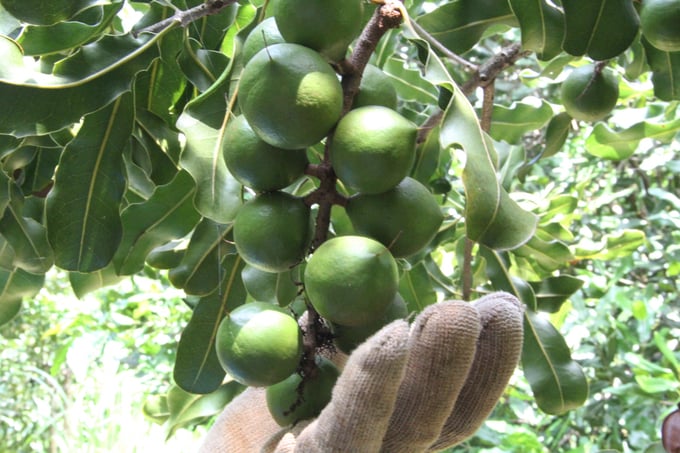
Macadamia is having its growing area expanded since it is a tree that brings a high income to many people in Dak Lak. Photo: Mai Phuong.
According to Dak Lak Department of Agriculture and Rural Development, the province has 2,706 ha of macadamia up to the present date. The harvested area is more than 1,117 ha with a yield of 1.2 tons of nuts/ha. As one of the first people who stick with macadamia in Dak Lak, Duong Thanh Tuong (former Vice Chairman of Dak Lak Provincial People's Committee), Chairman of the Members' Council of HD Dak Lak Joint Stock Company claimed that macadamia was a big success in many localities.
According to Tuong, macadamia was introduced into experimental cultivation in Dak Lak nearly 20 years ago. At that time, deforestation was rampant, so the local government chose trees that could both bring economic value and help green the bare mountains. People were skeptical about the tree’s effectiveness at first, but macadamia has proven itself thanks to the benefits it brought to households in Dak Lak. Forestry and agroforestry enterprises are also starting to switch to growing macadamia instead of acacia because of its high economic efficiency.
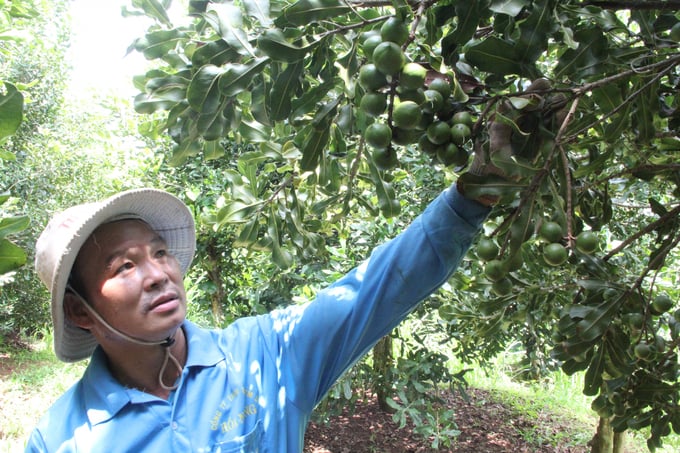
The Macadamia tree has a wide and thick canopy. The tree stays green all year round, so its value shines the brightest in terms of forest protection, environmental protection and economic efficiency. Photo: Minh Quy.
After the trial period, it can be seen that macadamia adapts well to localities’ conditions and has good development potential. According to the decision of the Ministry of Agriculture and Rural Development, the Central Highlands will have 45,000 ha of macadamia trees by 2030. Dak Lak will consult with other units to develop macadamia in a sustainable direction.
However, the locality has to face certain challenges. There is no planning for the concentrated macadamia raw material area as a highlight to build the product value chain, and no model has been built for research and evaluation according to forest development solutions. Seed quality is an important factor but currently there are no specific research results for seed lines to serve as a basis for products to access export markets, not to mention research and evaluation results on pest control are still limited.
Translated by Samuel Pham

(VAN) Seafood by-products are opening a new path, combining green growth and technological innovation to enhance the industry's value.

(VAN) Mr. Nguyen Thanh Cong, Vice Chairman of the Son La Provincial People's Committee, reflects on Son La’s journey from barren hills to fruitful orchards after a decade of hard work.
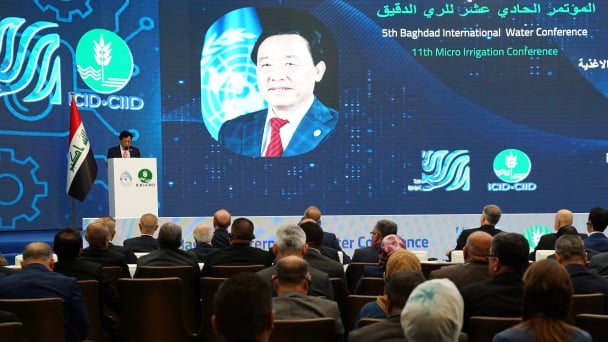
(VAN) FAO’s Director-General addresses the 5th Baghdad International Water Conference.
/2025/05/26/1716-4-nongnghiep-191706.jpg)
(VAN) Chain linkages, technological innovation, and raw material zoning are three strategic pillars for the coconut industry to strongly develop and elevate its position on the global agricultural map.
![Advanced mariculture – an inevitable trend: [4] Accompanied by scientists](https://t.ex-cdn.com/nongnghiepmoitruong.vn/608w/files/sohk/2025/05/13/1941-pgsts-vo-van-nha-140958_717.jpg)
(VAN) According to Assoc. Prof. Dr. Vo Van Nha, Director of the RIA III, the development of advanced offshore mariculture is no longer an option but an essential path for Vietnam’s fisheries sector.
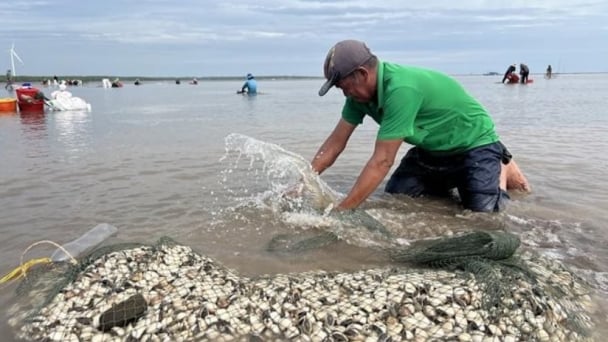
(VAN) Vietnam is intensifying the development of mollusk farming areas that meet international standards, aiming for sustainable growth and enhancing its export position in the global seafood market.
![Advanced mariculture – an inevitable trend: [3] Policy-driven momentum](https://t.ex-cdn.com/nongnghiepmoitruong.vn/608w/files/doanhtq/2025/05/21/0104-0616-0348-nuoi-bien-170339_789.jpg)
(VAN) To ensure the success of offshore mariculture that uses advanced technologies, it is essential to establish supportive policies that inspire both individuals and enterprises to invest with confidence.